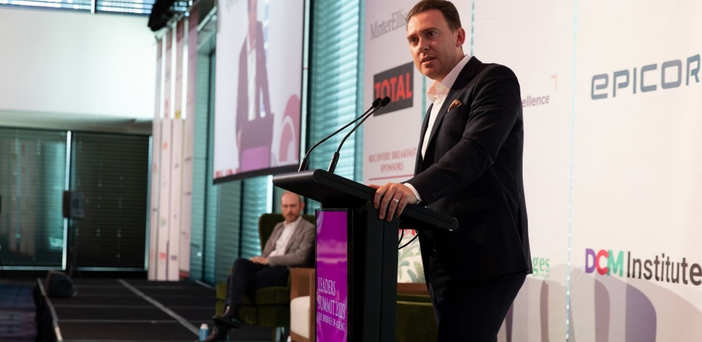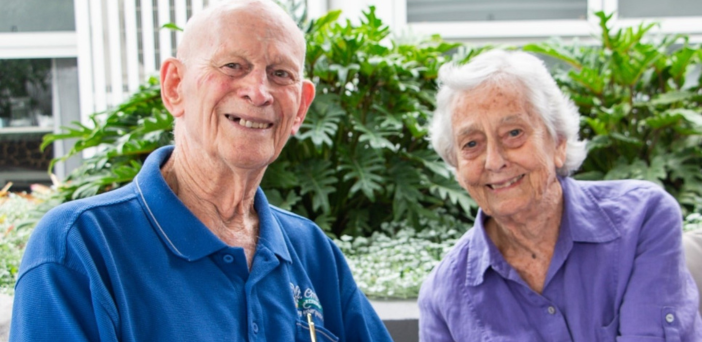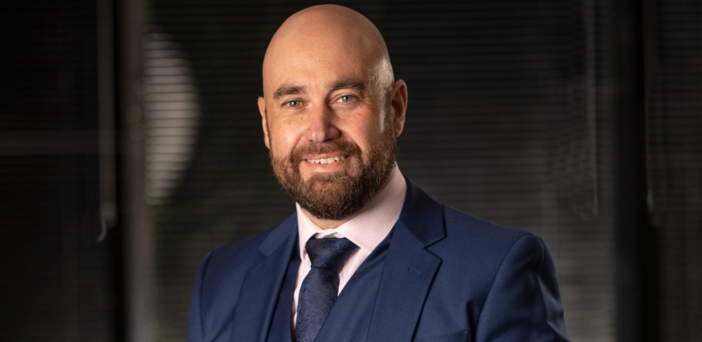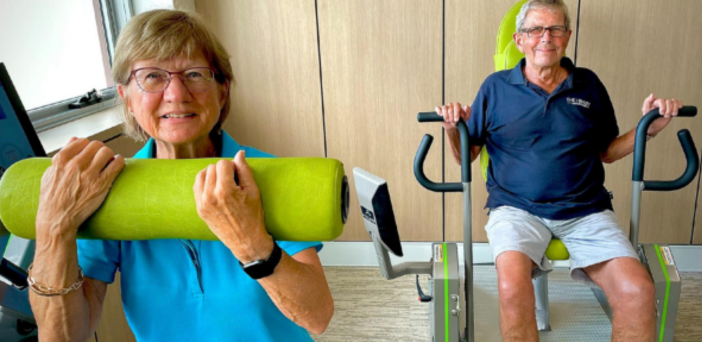I have been blessed to have visited and worked in many retirement villages across Australia, and for more than two …
Expect to see occupancy rates up, unit prices to have risen and revenue at record levels when the new Property …
BaptistCare Kintyre Living in Dubbo, in NSW’s Central West, laid on a BBQ and serenaded The Royce Ambassador Royce Simmons …
ANZAC Day, Tuesday 25 April, is a very important and special day for many people in retirement living and aged …
SA, the home of Retirement Living Council Executive Director Daniel Gannon, seems the hotbed for new laws against retirement village …
Retirement Visionary: A Journey of Personal Growth and Community Impact Caroline Henning is a woman who wears many hats. Along …
World Health Day is a day dedicated to raising awareness about global health and promoting healthy living. This year, the …
The capitulation by the class action lawyers Levitt Robinson in its six-year bid to score a speculated $100 million-plus from …
The resistance training performed in gyms is a “preventative against ageing” – so why do so many retirement villages and …









